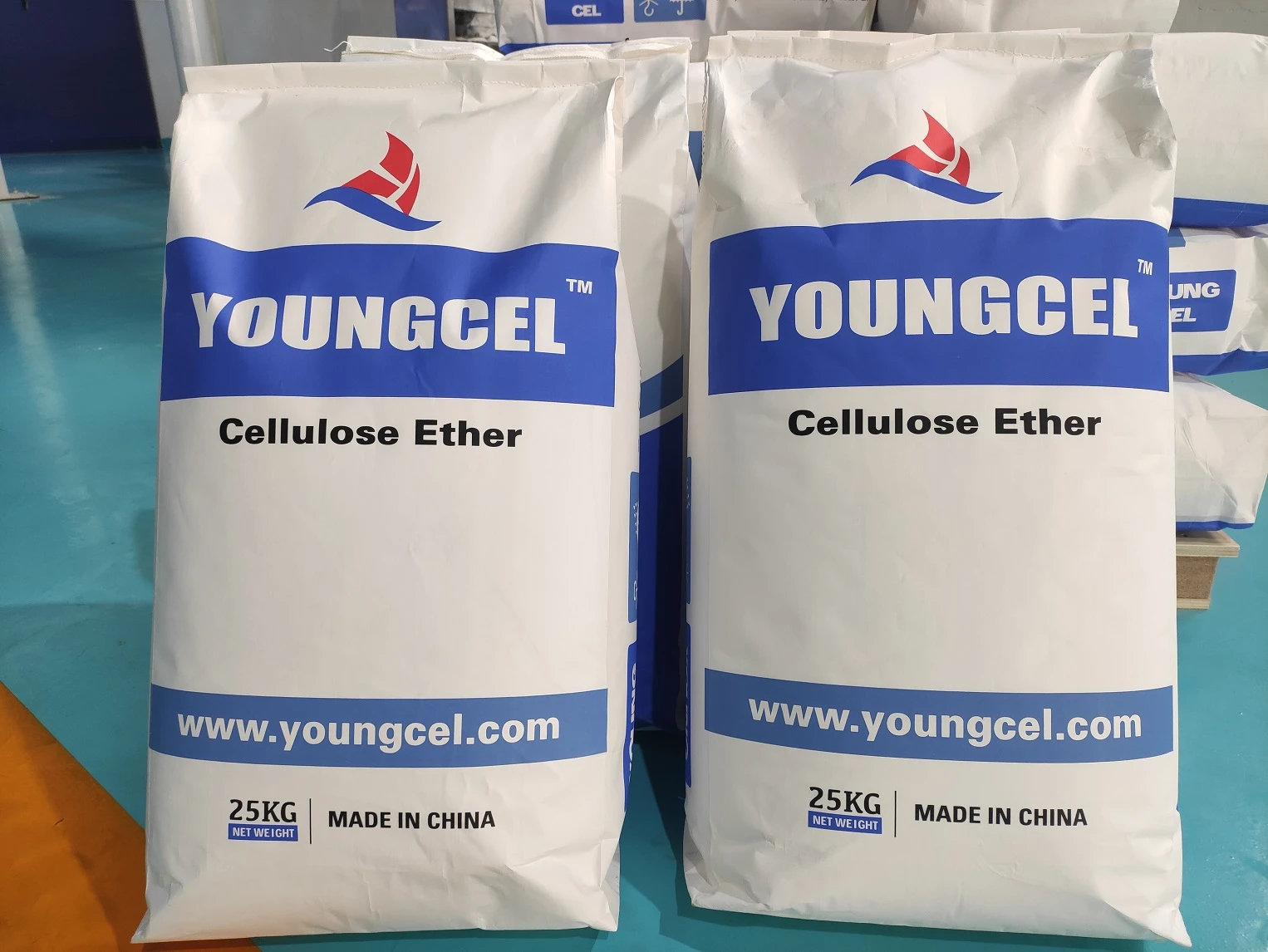The Role of Cellulose in Paints A Comprehensive Overview
Cellulose, a naturally occurring polymer derived from the cell walls of plants, has been a vital ingredient in various industrial applications, including the manufacturing of paints. Its unique properties not only enhance the performance of paints but also contribute to their sustainability. This article delves into the significance of cellulose in the paint industry, focusing on its benefits, types, and overall impact on paint formulations.
1. Understanding Cellulose A Natural Polymer
Cellulose is the most abundant organic polymer on Earth, primarily composed of glucose units linked together. It provides structural support to plants and is renewable and biodegradable, making it an eco-friendly option in the formulation of paints. The versatility of cellulose allows it to be modified into various derivatives, such as cellulose ethers (e.g., carboxymethyl cellulose, hydroxypropyl methylcellulose) and cellulose esters, which are extensively used in paint formulations.
2. Enhancing Paint Properties
The incorporation of cellulose into paints significantly improves their physical and chemical properties. Here are some key enhancements
- Viscosity Control Cellulose derivatives are excellent thickeners and stabilizers. They help maintain the desired viscosity of paint formulations, ensuring that the paint does not drip or sag during application. This is particularly important for achieving smooth, even coatings.
- Film-Forming Capability Cellulose can act as a film-forming agent. When the paint dries, the cellulose helps create a robust and cohesive film, enhancing the durability and longevity of the paint. This property is especially beneficial in exterior applications where weather resistance is crucial.
cellulose for paints

- Water Retention Cellulose has excellent water-retention properties. This characteristic is vital during the drying process, as it allows the paint to level out and reduces the risk of defects such as brush marks or roller stipple. Improved water retention also aids in the rewetting of the paint, making it easier to work with during application.
- Compatibility and Flexibility Cellulose derivatives are compatible with a wide range of pigments and additives. This compatibility allows formulators to create paints with varying finishes, from matte to glossy, while ensuring that the paint adheres well to different surfaces. Additionally, the flexibility provided by cellulose in the dried film contributes to resistance against cracking and peeling.
3. Sustainability and Environmental Impact
One of the most significant advantages of using cellulose in paints is its sustainability. As a renewable resource, cellulose can significantly reduce the environmental footprint of paint manufacturing compared to synthetic polymers derived from petroleum. The biodegradability of cellulose means that paints can break down naturally over time, minimizing pollution and waste.
Moreover, the use of cellulose can aid in formulating low-VOC (volatile organic compounds) paints. High VOC levels are harmful to both human health and the environment. By incorporating cellulose, manufacturers can create eco-friendly formulations that comply with stringent environmental regulations, making it an attractive option for both consumers and manufacturers focused on sustainability.
4. Conclusion
The inclusion of cellulose in paint formulations is a testament to the innovative ways natural materials can enhance product performance while promoting environmental sustainability. Its ability to improve viscosity, film formation, and water retention makes cellulose indispensable in the paint industry. As the demand for eco-friendly products continues to rise, the relevance of cellulose will likely expand, leading to the development of even more advanced painting solutions. By integrating cellulose into paints, manufacturers are not only enhancing the quality of their products but also contributing to a more sustainable future in the coatings industry.
In summary, cellulose is not just a filler or an inactive component; it is a fundamental ingredient that drives improvements in paint formulations, making it a valuable asset for manufacturers and users alike. Whether for residential, commercial, or industrial applications, paints that leverage the benefits of cellulose are making strides towards a cleaner, greener approach to coatings.
-
A Comprehensive Guide to Methyl Ethyl Hydroxyethyl Cellulose: Applications and Industry InsightsNewsNov.24,2025
-
Understanding Methyl 2 Hydroxyethyl Cellulose: Uses, Benefits & Industry InsightsNewsNov.24,2025
-
Hydroxyethyl Methyl Cellulose HEMC: Industrial Uses, Benefits & Future TrendsNewsNov.23,2025
-
HEMC Cellulose: Versatile & Sustainable Industrial Polymer | YoungcelNewsNov.23,2025
-
Methyl Hydroxyethyl Cellulose: Versatile Building Block for Industry & SustainabilityNewsNov.23,2025
-
CAS 9032 42 2: Understanding Polyvinyl Alcohol's Impact on Industry & SustainabilityNewsNov.22,2025




